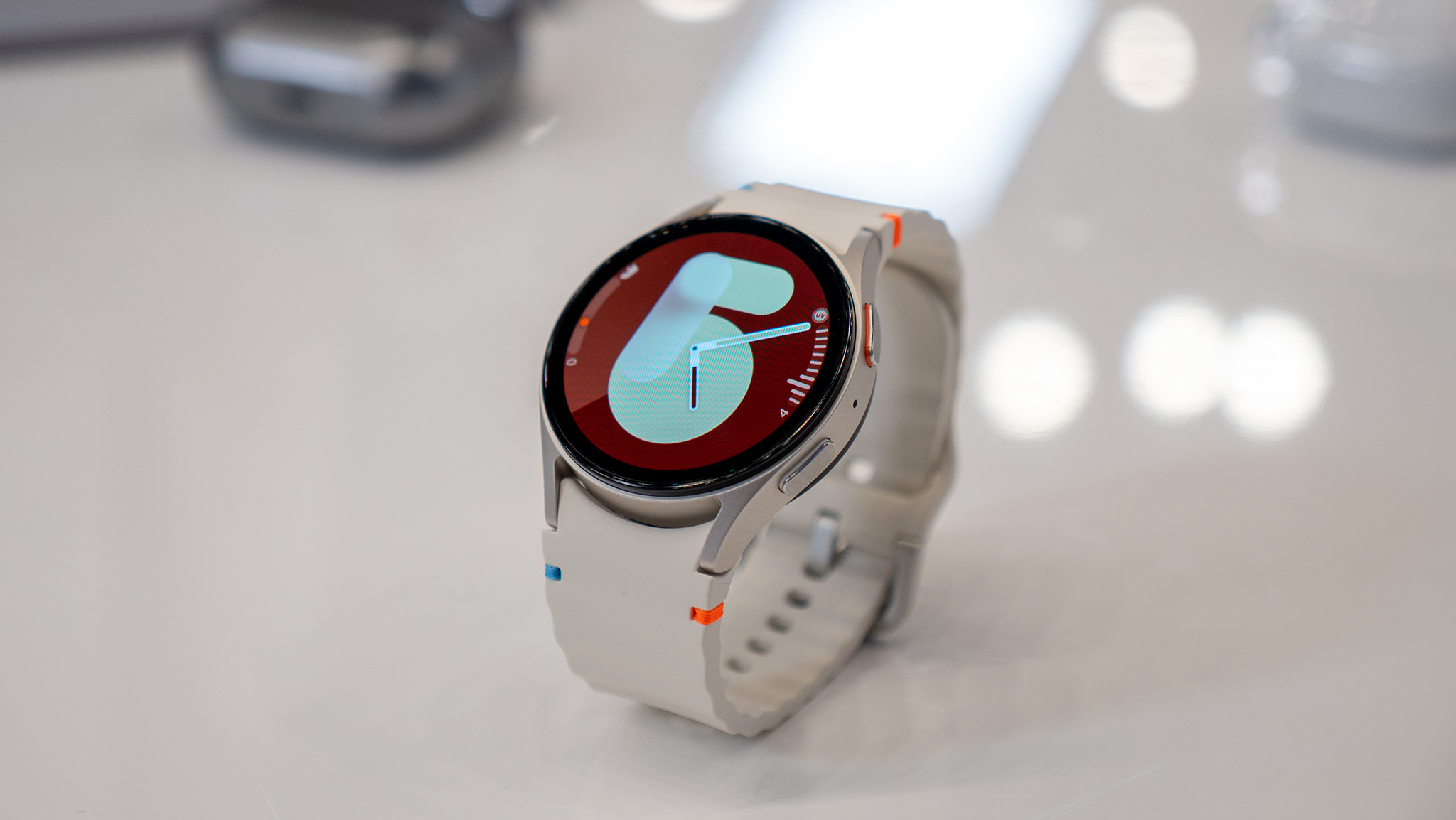
The Samsung Galaxy Watch 7 firmly adheres to the "if it ain't broke, don't fix it" mantra. The watch keeps the now-classic design set for the past few years all while upgrading the health sensors and the processor.
The watch does little to impress from an external standpoint. The Watch 7 looks almost exactly like the Galaxy Watch 6, which we'd call more functional than stylish. The only difference is that the Watch 7 case is 0.7mm thicker, and the revamped Watch 7 sensors jut out more, making it sit higher on your wrist.
Instead of reinventing the wheel, Samsung focused the Galaxy Watch 7's marketing on health, software, and backend features this year, all powered by — you guessed it — Galaxy AI.
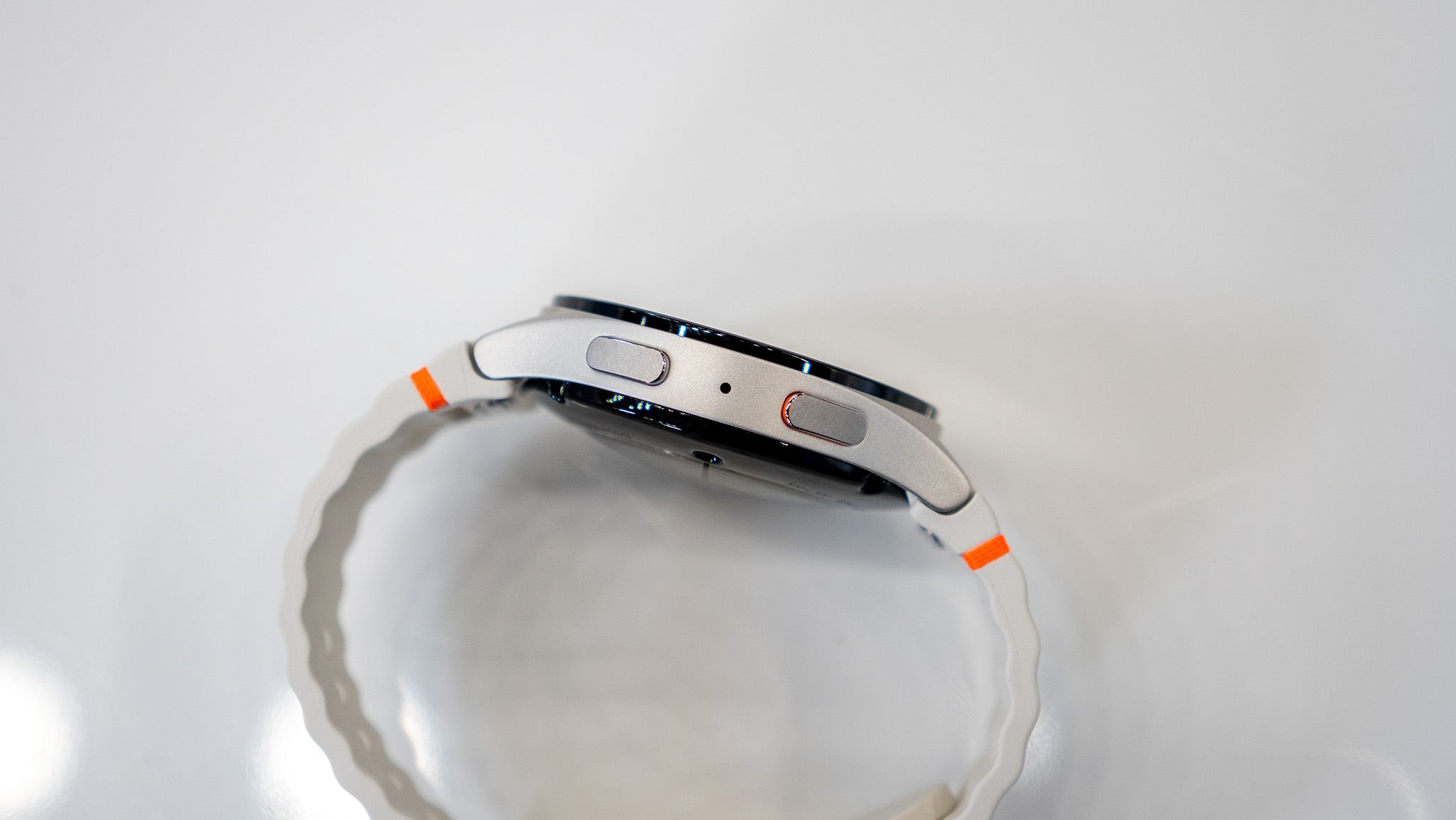
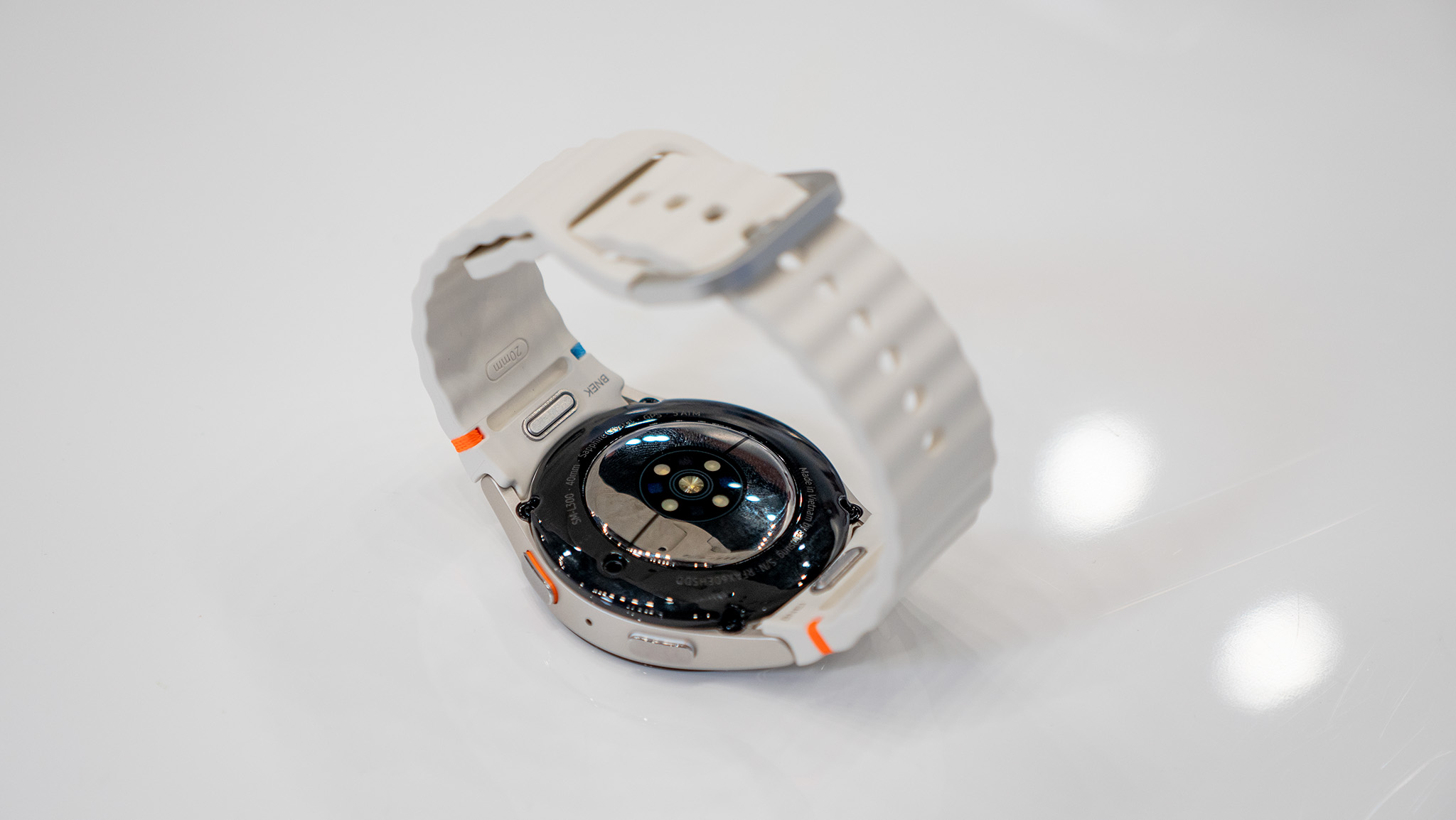
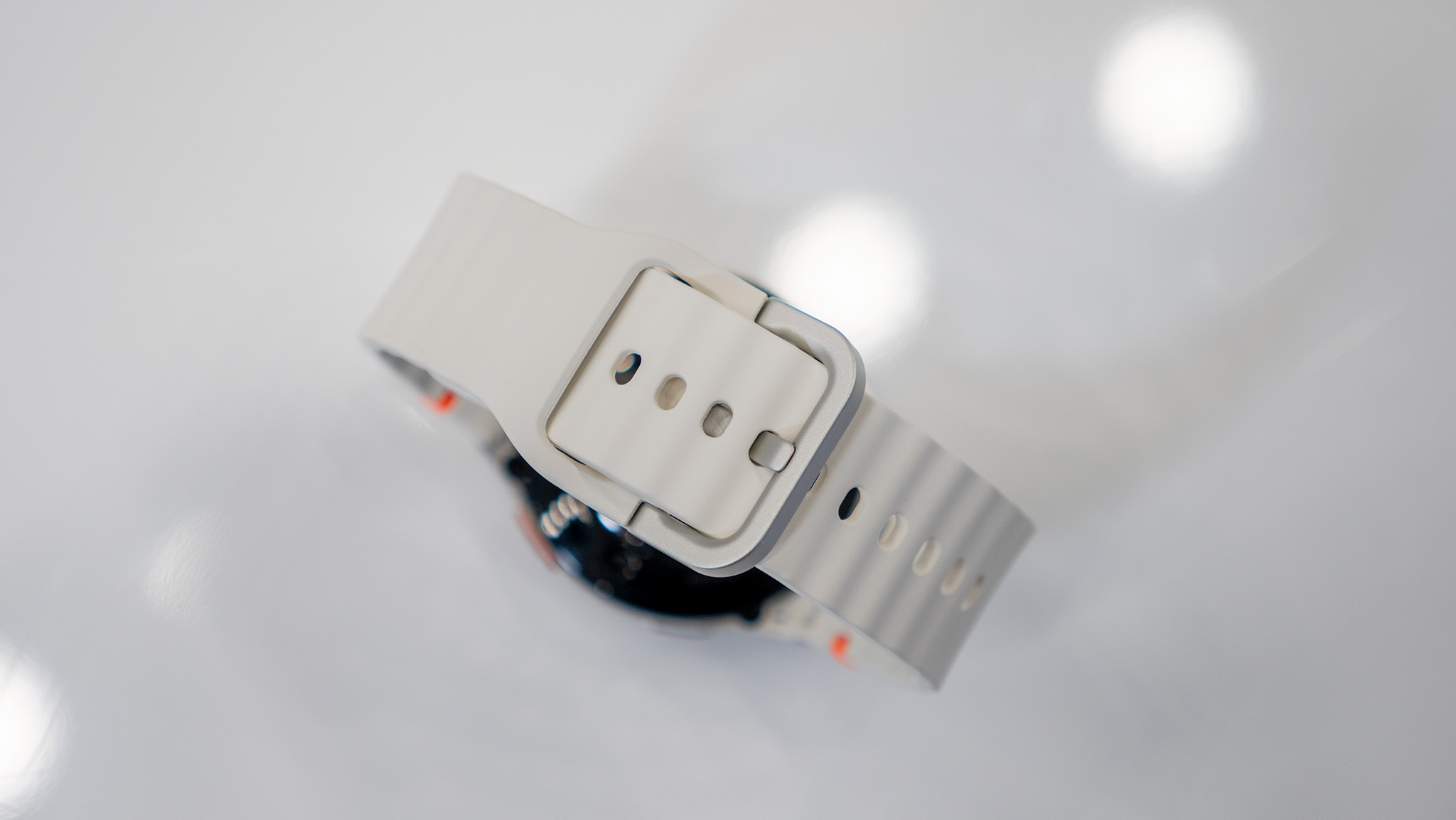
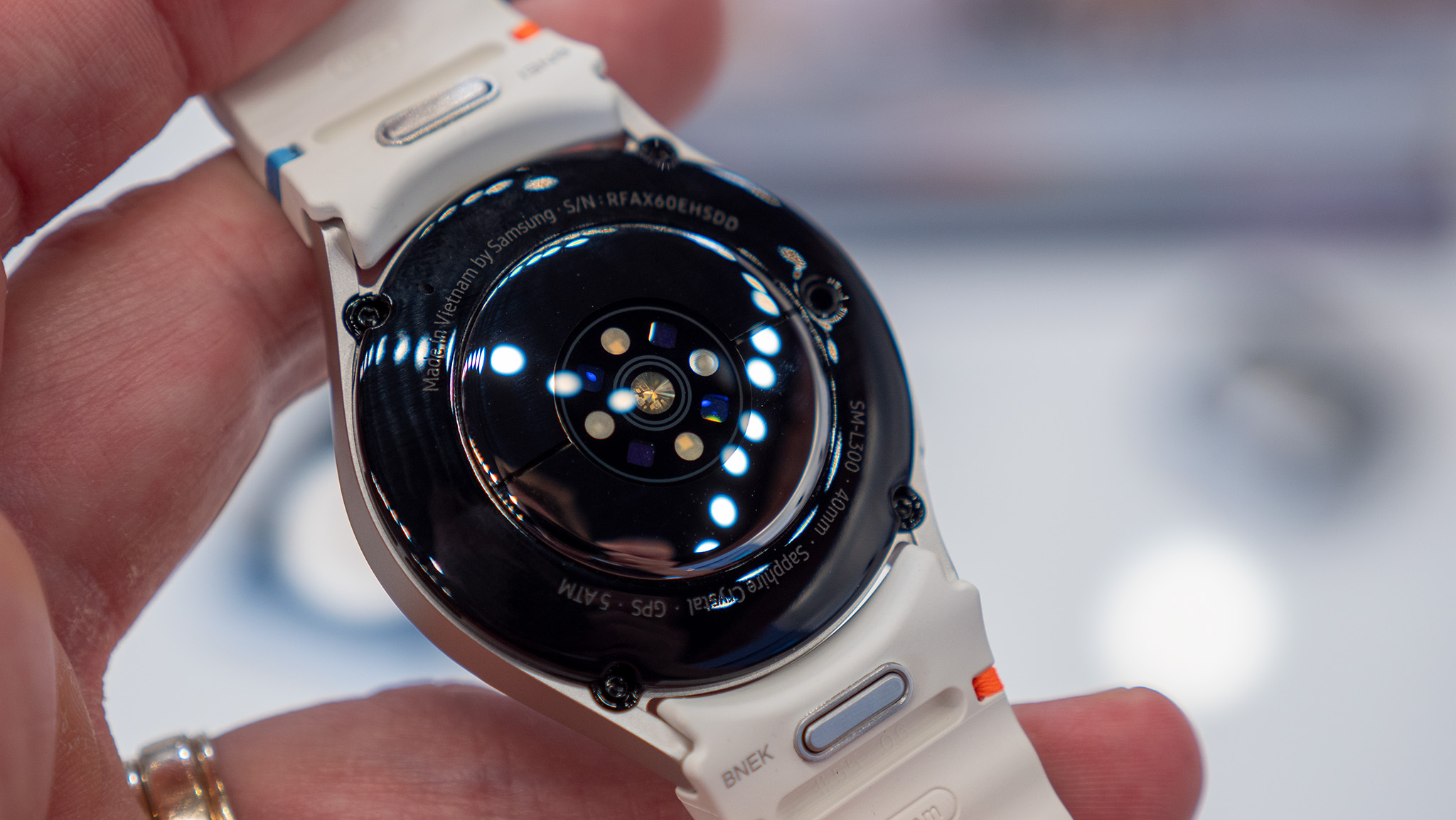
The watch didn't feel particularly thick to me despite the new bulk — especially not when compared to the much chunkier Galaxy Watch Ultra in the photo below. What matters to me is the new design for the underside, which is far curvier than previous generations.
I've found recent Galaxy Watches to be rather uncomfortable to wear regularly because the protruding health sensors are in such a flat housing. The new one is far more domelike, matching the more comfortable Google Pixel Watch 2 to me. We need more long-term testing to be sure, but I'm optimistic.
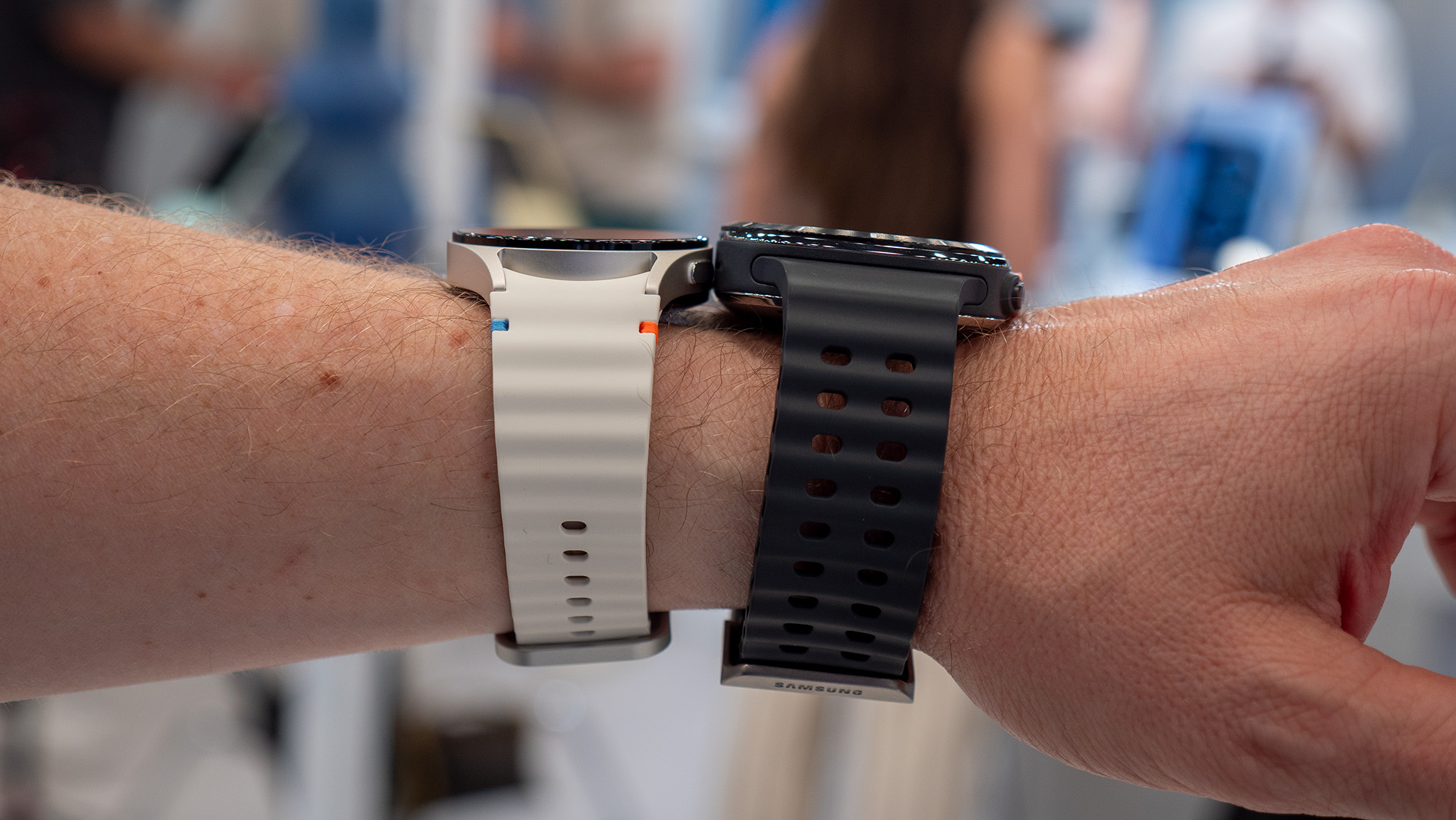
Samsung stuck with the digital bezel around the frame, which I'm personally not a fan of. I prefer physically rotating elements on my smartwatches like the Galaxy Watch 6 Classic's rotating bezel or the Pixel Watch's rotating crown. The Watch delivers a punchy vibration when using the bezel but it doesn't make up for the lack of physical tactility.
I also couldn't find any real way to tax the new processor during my hands-on time, so it was hard to tell how much of a difference the Exynos W1000 makes in daily use. Samsung told us the new processing power is mostly used for behind-the-scenes health processing, anyway.
There's no physically rotating bezel, but the new curvier health sensor housing on the underside felt more comfortable to me.
The Samsung Galaxy Watch 7 comes with a new BioActive sensor that does a lot more than you might imagine. Samsung more than tripled the number of LEDs on the underside of the watch — 13 on the Galaxy Watch 7 versus four on the Galaxy Watch 6 — which helps the watch to achieve up to 94% heart rate accuracy during intense workouts (according to Samsung). That's a notable improvement over the 88% on Galaxy Watch 6.
That new sensor can also measure advanced glycation end products (AGEs) which help paint a better overall picture of metabolic health. Given Samsung's reported interest in blood sugar monitoring, it's a natural first step.
A combination of the new sensor and the powerful new processor means Samsung can utilize AI processing algorithms for health data management. That allows the Galaxy Watch 7 to deliver new health insights for everything you track via Galaxy AI so long as you pair it with a compatible Samsung Galaxy phone like the Galaxy S24 Ultra.
Even if you aren't using the watch with a Galaxy AI-powered phone, though, it can detect sleep apnea through a new De Novo FDA-authorized feature. You'll have to wear it to sleep to get this feature, obviously, but it's pretty cool if you haven't previously been diagnosed with the condition. Still, you'll get sleep apnea on older Galaxy Watches if you don't upgrade.
Anyone who uses their smartwatch to work out will be pleased to know that the new dual-band GPS system should provide notably more accurate GPS measurements. That's especially true in cities where lots of buildings and competing signals can interfere with GPS signals.
There's even a cool new race mode that takes advantage of the enhanced GPS strength, letting you "race" against yourself when running or cycling the same previously tracked circuits. That'll deliver real-time analysis of your speed and time to help motivate you to do better than last time.
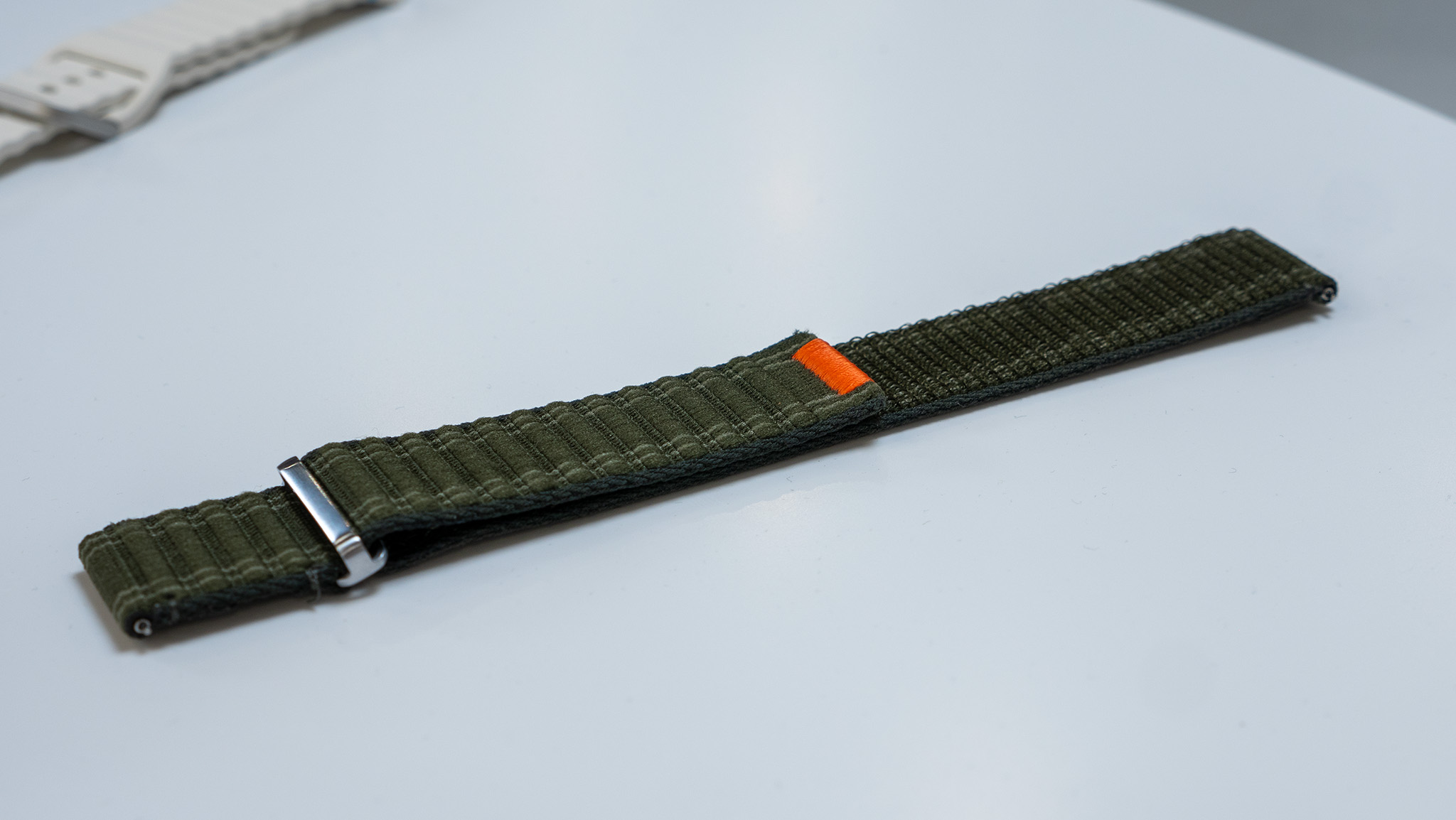
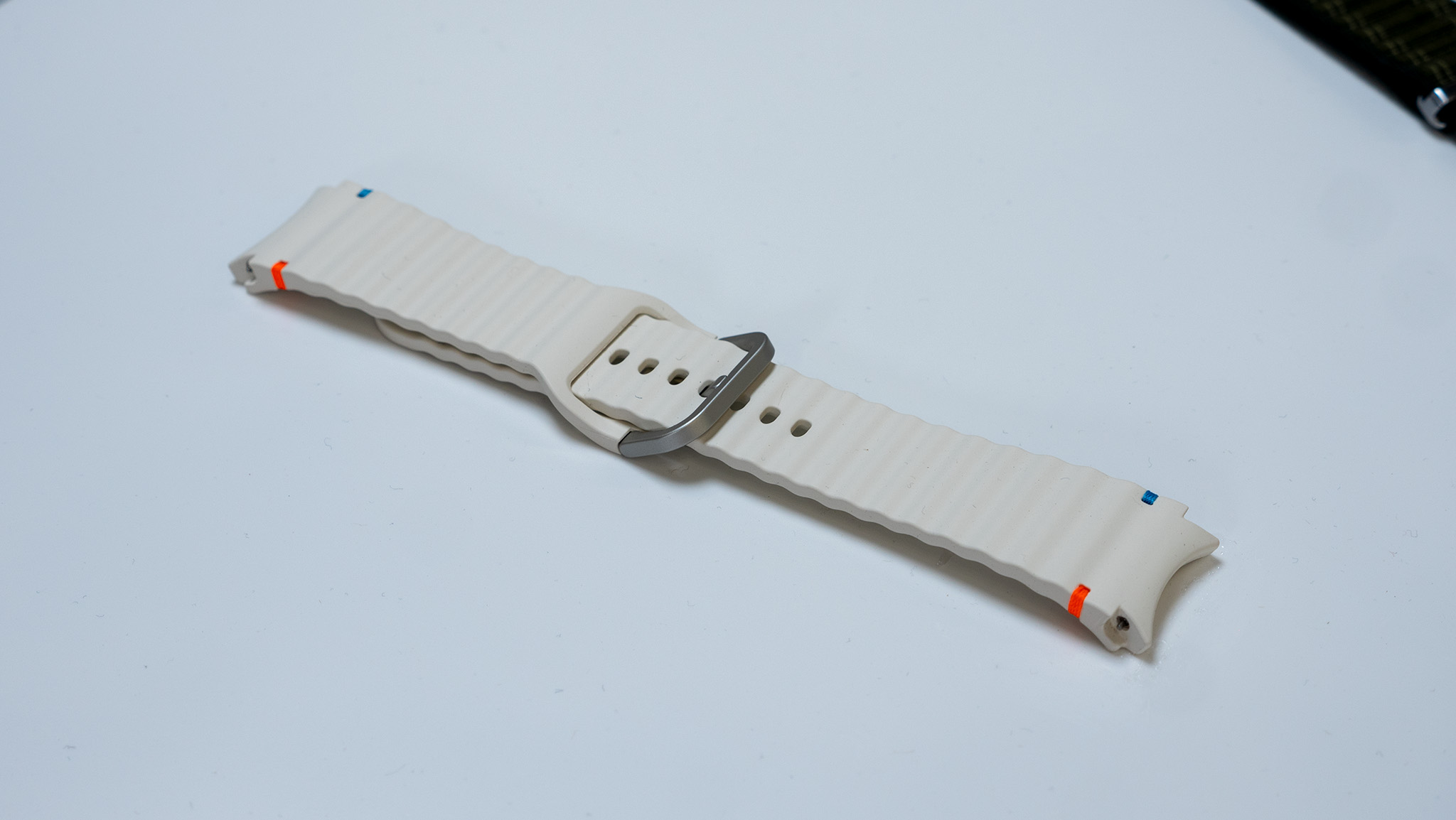
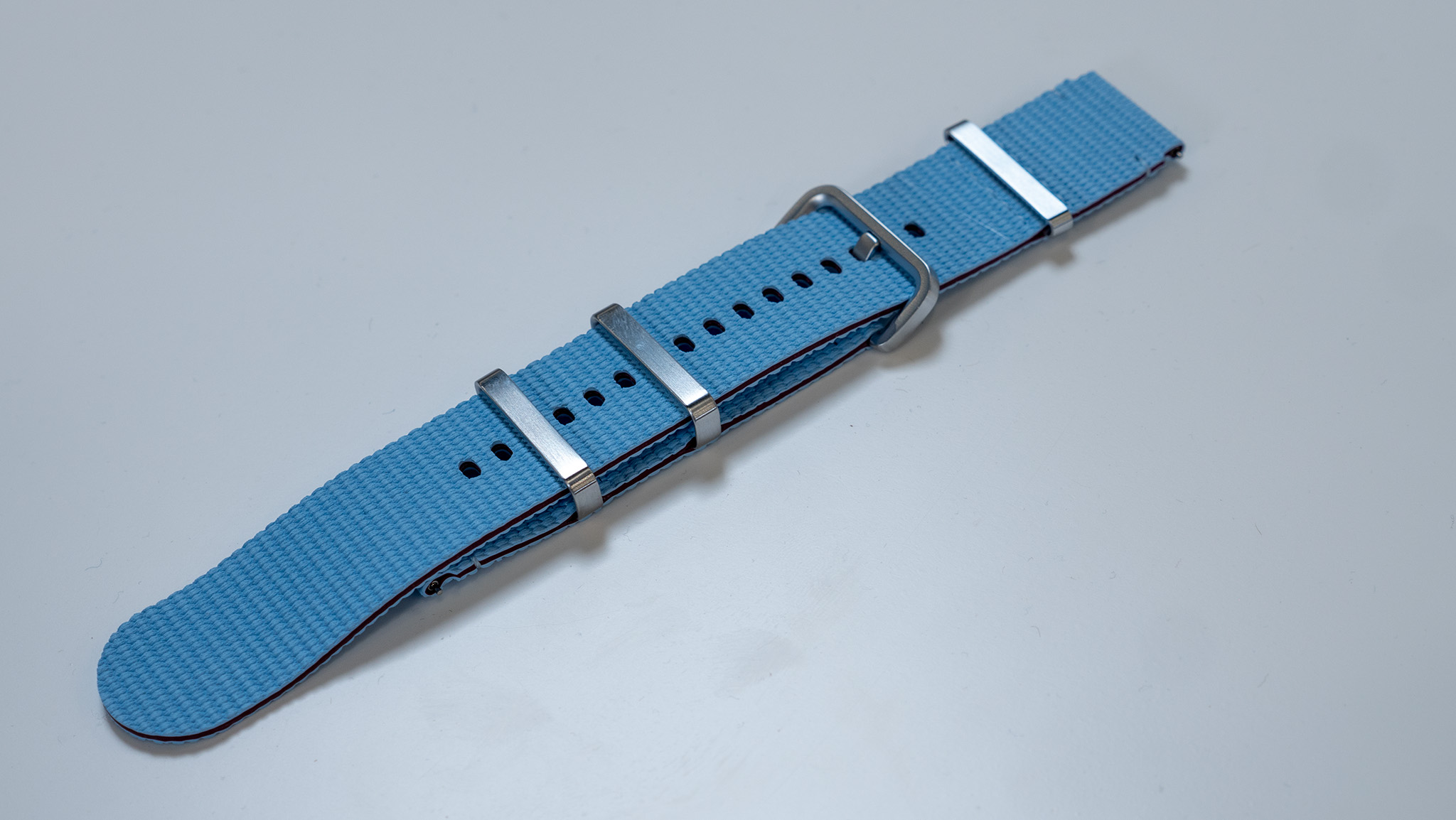
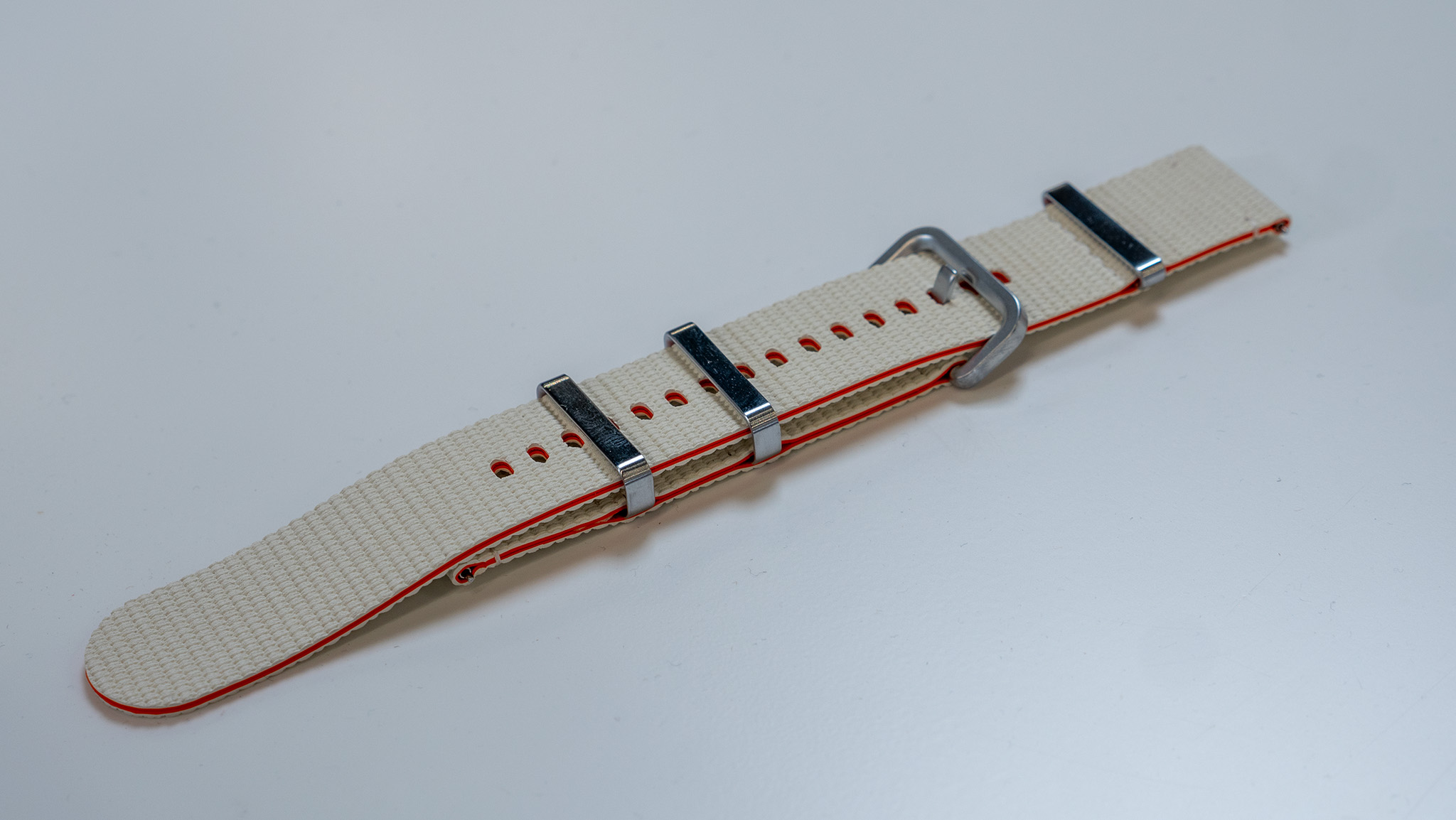
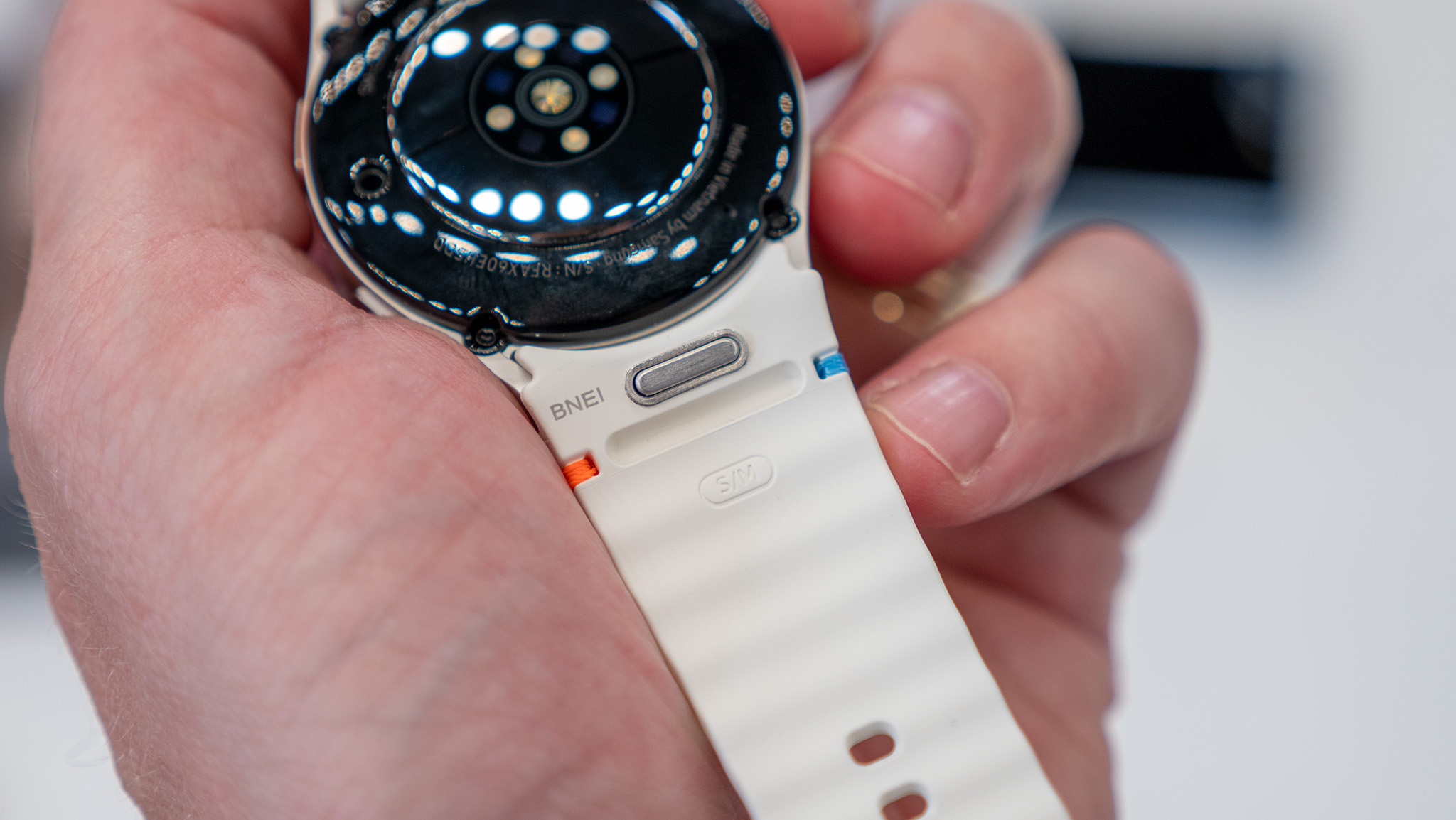
Samsung also developed three new bands to go alongside the launch — Sport, Fabric, and Athleisure — to ensure that the watch at least looks a little different from last year's release. I really liked the contoured texture on the sport band and think it'll make a nice workout band, particularly since Samsung says it's quick-drying.
Unfortunately, the Watch 7 didn't get the new Dynamic Lug System from the Galaxy Watch Ultra. While that means these new bands don't pop on and off as easily as the Watch Ultra's bands, it does mean that all previous bands should work with the new watch just fine since it uses a standard pin system.
Keep a look out for the Galaxy Watch 7 to hit shelves soon. Preorders start today, July 10, with prices starting at $299. The Galaxy Watch 7 ships in two sizes — 40mm and 44mm — both packed with 2GB of RAM and 32GB of storage. The 40mm model comes in Green or Cream colors, while the 44mm model ships in Green or Silver colors.







